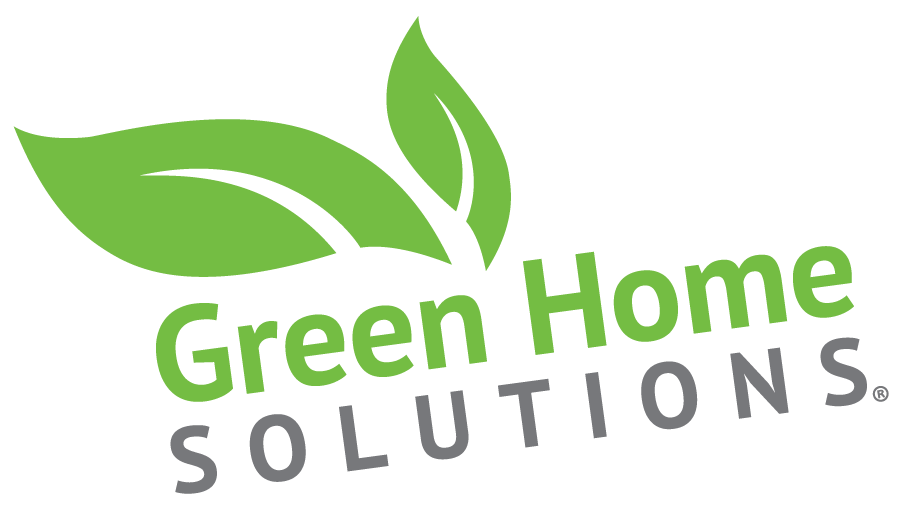Crawlspaces are prevalent across Central Maryland including in Columbia, Ellicott City, Bowie and Crofton.
- Moisture and Humidity
- Increased Humidity: Crawlspaces that are not sealed can allow moisture from the ground to rise into the space. This can increase humidity levels inside the home, which can promote the growth of mold.
- Condensation: Without proper encapsulation, warm air from the living spaces above can mix with cooler air in the crawlspace, leading to condensation on surfaces. This condensation can exacerbate moisture problems.
- Mold Growth
- Mold Spores: Mold thrives in moist environments and can release spores into the air. These spores can infiltrate the living areas of the home, leading to respiratory issues, allergies, and other health problems.
- Structural Damage: Mold growth can also damage the structural components of the home, such as wood beams and flooring, potentially leading to costly repairs.
- Pest Infestations
- Rodents and Insects: Non-encapsulated crawlspaces provide easy access for pests such as rodents and insects. These pests can carry diseases and create unsanitary conditions.
- Contaminants: The waste products of these pests can contribute to poor air quality and potential health hazards.
- Radon Gas
- Radon Infiltration: Radon is a colorless, odorless radioactive gas that can seep into homes through the soil. Crawlspaces that are not properly sealed can allow radon gas to enter the home more easily, which can increase the risk of lung cancer.
- Dust and Allergens
- Airborne Particles: Open crawlspaces can allow dust, dirt, and other allergens to accumulate and be drawn into the home’s HVAC system. This can reduce indoor air quality and exacerbate respiratory issues for occupants.
- Insulation Degradation: Insulation in non-encapsulated crawlspaces can become damp and lose its effectiveness, leading to increased dust and fiber particles in the air.
- Chemical Off-Gassing
- Building Materials: Exposed soil and building materials in a crawlspace can release volatile organic compounds (VOCs) and other harmful chemicals into the air, which can then circulate into the living spaces.
- Stored Items: If items are stored in the crawlspace, they can also off-gas chemicals that contribute to indoor air pollution.
- Temperature Fluctuations
- Energy Efficiency: Non-encapsulated crawlspaces can lead to temperature fluctuations that affect the overall energy efficiency of the home. Poor temperature regulation can cause HVAC systems to work harder, potentially leading to the distribution of contaminated air.
Mitigation Measures
To mitigate these dangers, encapsulating the crawlspace is highly recommended. This process typically involves:
- Sealing: Using vapor barriers to seal off the ground and walls to prevent moisture intrusion.
- Insulation: Properly insulating the crawlspace to regulate temperature and prevent condensation.
- Ventilation: Installing proper ventilation systems to manage humidity levels and ensure air circulation.
- Pest Control: Implementing measures to keep pests out.
Encapsulation helps create a healthier indoor environment by reducing the risk of moisture, mold, and contaminant infiltration.
